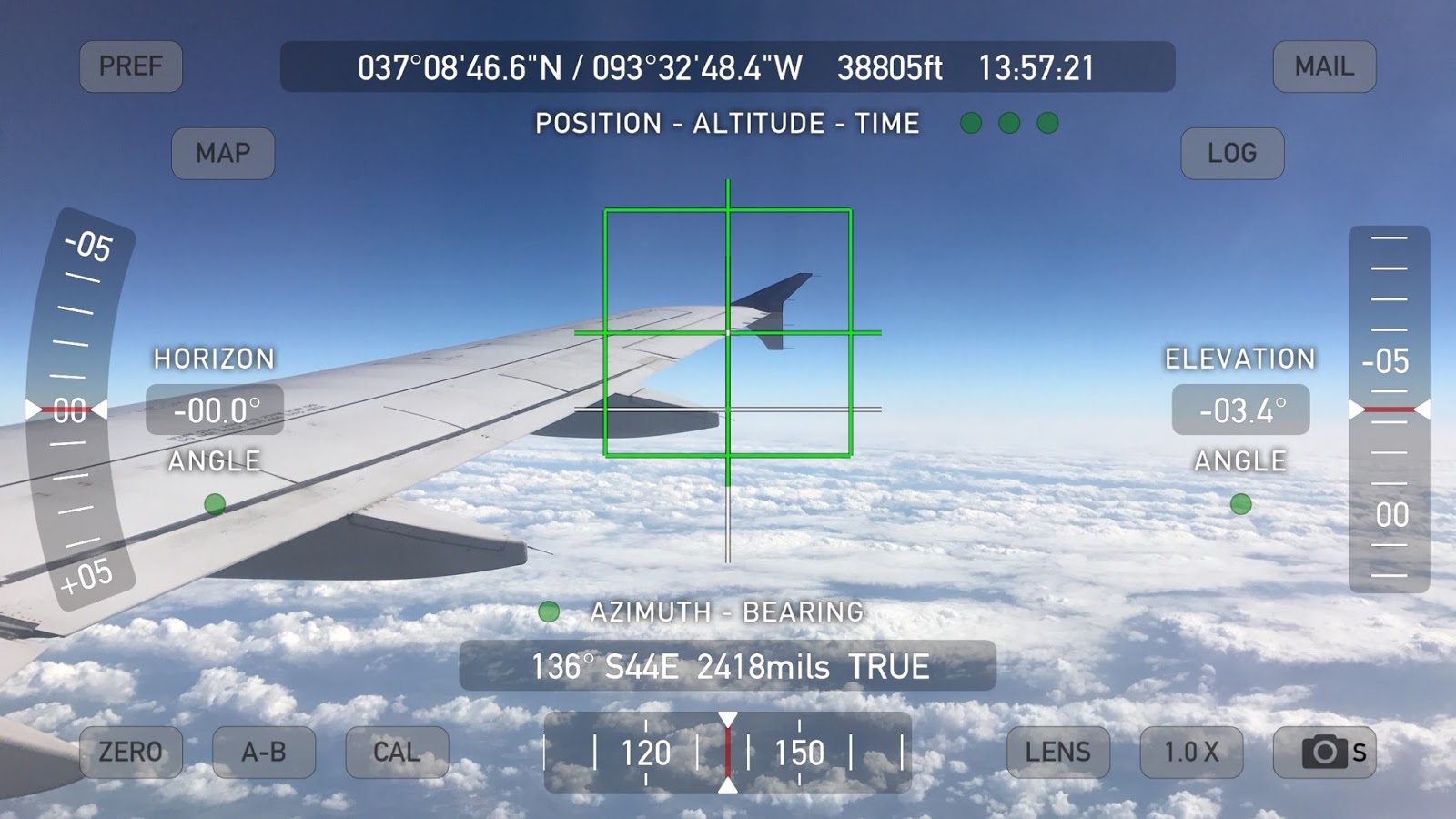I can answer your question with the reverse question: how do you know the horizon is not at eye level at extreme altitude? Even at 120 000 ft this phenomenon has been observed.
The FEers are the one claiming it does. As such the burden is on them.
Also, there is no evidence that that phenomenon has ever been observed and is actually impossible to show as it requires infinite precision.
The best you can actually show is that it is within some range.
For the numerous reports, these people are merely using their eyes, with no actual reference and just deeming it to be at eye level.
That allows a massive error range.
Meanwhile, with appropriate instruments (i.e. a theolodite) the horizon can, and in every occurrence where one was used where the horizon wasn't above the person (i.e. from an object with a greater elevation), HAS been observed to be below eye level.
Theodolites can and have easily measured an angle of dip to the horizon.
With modern smart-phones, you can measure this dip from the top of tall buildings.
This has been discussed previously on these fora.
For example, this one here:

So no, the horizon does not rise to eye level. Not even when you are fairly close to the ground. So why would it magically do so at a higher altitude?
Rather than just assert it rises to eye level because you can't tell with your eyes if it does or not, plenty of people have actually measured it and found it not to.
I have been in passenger jets frequently and the horizon undoubtedly remains at eye level.
And what tool did you use to measure that?
Did it just look like it was at eye level? Or were you able to actually quantity it by using a measuring device, like this:

Of course, this suffers from relying upon the apparent direction of down, as would most measuring tools.
In order to actually confirm it you need to measure horizons opposite each other at the same time, and use the difference between them to compensate for the bank of the plane, or use a fully inertial system which keeps its orientation in 3D space.
the horizon is simply the edge of your vision limited by perspective.
Except perspective doesn't just magically limit your vision.
If perspective was going to cause the horizon, it would be the edge of Earth, or infinitely far away.
But the limited visibility through the atmosphere stops it way before that, meaning you would just get a blur.
If it was perspective, objects wouldn't disappear from the bottom up. If you got higher it would be harder to see the bottom as you would then be further away.
If perspective did magically make the horizon magically nearer than infinitely far away then you would be able to use a telescope to make it get further and further away, while in reality, it remains in the same location and you can just see it more clearly.
So no, what we see is fundamentally different to what we would expect for a FE.
My point is not to say that you can NOT see the supposed curvature.
And my point is that you are completely wrong.
For a FE you shouldn't see the horizon at all, unless you removed the atmosphere. If you did, it would then be infinitely far away, rather than relatively close with the distance depending upon your elevation. The fact that the horizon is close, where no one claims the edge of the FE is, shows that it is curvature, as the horizon is an edge. The fact that it moves around as you move around, is evidence of curvature as it is an edge. The fact that it gets further away as you go higher shows it is an edge that you are looking over as you get higher.
What shape do you know of that has edges everywhere? A sphere or shapes similar to them.